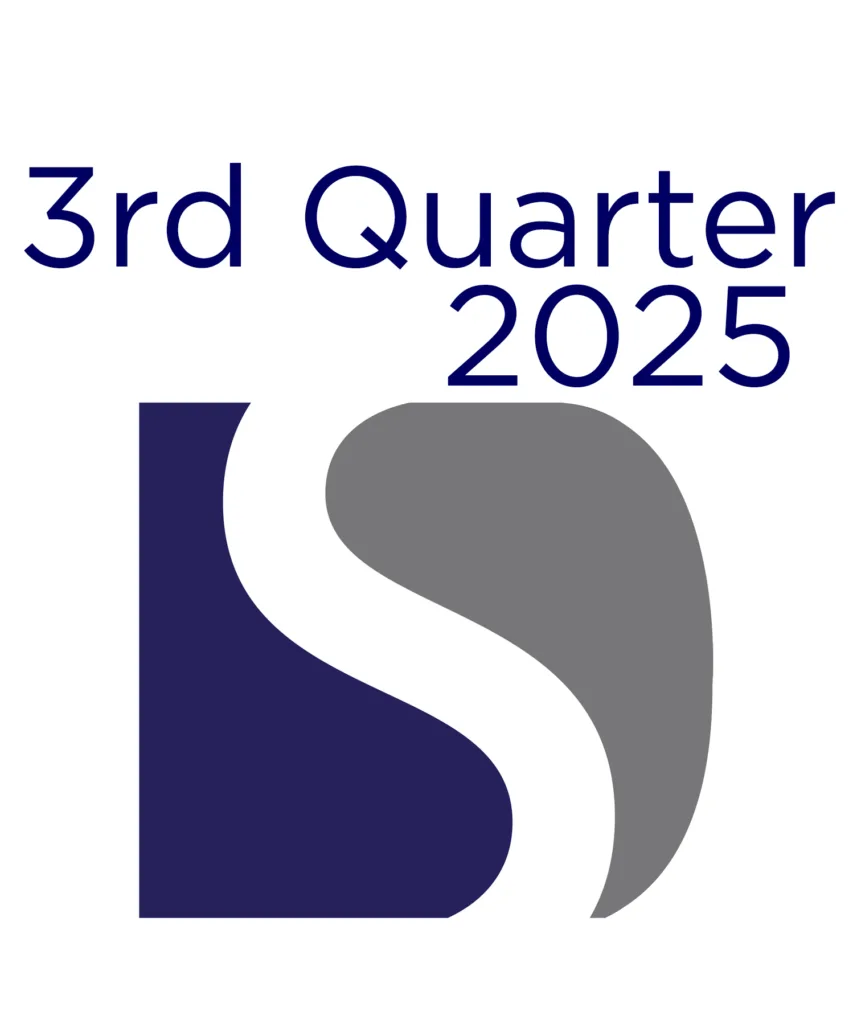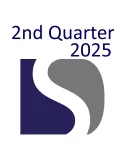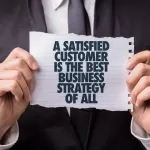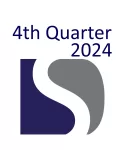Creativity as the Essence of Success
Headwinds experienced throughout the year have not let up. It has been amazing how many leaders have abandoned their principled approaches. It is like watching a prisoner’s dilemma play out with market participants racing to the trench of reactionary decision-making. There are countless ways to avoid failing when you consider success from creativity.
Creativity is essential for cutting costs, launching new products, and attracting customers. It is known by many names—innovation, imagination, ingenuity, or resourcefulness—but the aim is always to drive improvement. We count on people to achieve goals, yet if they fall short, we seek others who can deliver. While we recognize even our best people have off days, the real question to ask is how we can support them.
To truly foster creativity, we must go beyond superficial efforts. Running out of fresh ideas does not mean someone has lost their resourcefulness. What do R&D teams have that individuals do not? Everyone requires the right environment to turn notions into ideas. Success for both individuals and R&D teams depends on curiosity and steady routines.
Desired Change Requires Innovation
People need space to be creative. Uninterrupted time and easing of the day-to-day pressure to produce, allows curiosity to take hold. Yet it is much more than giving employees time to tinker. Like delegation, some leaders turn staff loose to do good things without providing the right boundaries, expectations, and resources. The idea of creativity becomes an initiative that is separated from the normal way of doing business. This causes organizations to fall into an R&D or experimentation mindset. But that process does not always complement industry and market factors. Leaders must make room for other ways as a means for innovation to be woven into the flow of creating value.
Creativity, a sense of responsibility, and improvement are all natural human tendencies. So, it should be no surprise that people and cultures can change in response to real-life challenges. They can more easily do that when leaders create the right workplace. Initiatives focused on changing just the culture use made up scenarios to role-play desired behaviors. The heart of innovation is at the time and place of real-world decisions. Doing it the same old way or finding a better routine. Leaders need to learn how and when that happens and be there.
Cut Me Some Slack… Will Ya?!?!
With increasing demands for solutions, the urge to find a quick answer is as powerful as a Krispy Kreme addiction when the “Hot Now” sign is lit. Unfortunately, there is not a shortage of those who are willing to sell you a bundled solution sounding just like something you need. The problem is the factors that led to their solution are not the same ones you are facing. On the surface sure: cost and lead-time reductions or improvement in quality and customer satisfaction. What you find once you are committed to the yeast-donut halfway house is a great deal of time and money has disappeared.
Tapping into your employees’ sense of play might just be the spark your innovation needs. Check out The Serious Business of Play to read more.
Real solutions come from discovering the factors unique to your situation and the context of each challenge. The good news is you do not have to start from scratch. All the methods, techniques, and tools of those productized solutions are useful. After all, they are fundamental pieces used to develop a productized solution in the first place. You need a new way to put them together to fit your circumstances. Then you need to create a portfolio of those new ways of innovating as way to handle the multitude of challenges you face every day. This is where innovation scenarios prove to be very powerful.
Innovation Scenarios
It is the job of every leader and manager to find ways for their people to be successful. Policies and management systems are two of the most important. Managing innovation is creating a portfolio of innovation processes and a policy for when to use them. It comes down to matching the right process with the appropriate situation. For example, if a strategic choice changes your target market to a dynamic environment, your tollgate R&D process will fail.
The specifics of your situation will change depending on the challenge. It doesn’t make sense to use the same solution every time. But those specifics are clues for determining how to approach your unique circumstance.
Combining innovation management with the right policies is a management system. One that guides employees to innovate in a certain way given the situations they are facing.
AI Push or Market Pull
Technology push and market pull are two factors that influence how to innovate. The key reason AI has not delivered on its promises is because it is being pushed into every facet of our lives. People have been misled into believing it is an invention that will revolutionize how we work. So, we have been treating it like it can create solutions where none have existed before.
Innovation is about discovering novel solutions by recombining old ideas, existing resources, available assets, and other useful innovations. Inventing is creating something useful that has never existed before. Confusing innovation as an invention leads to disappointment[1]. It also causes missed opportunities by:
- Investing in the wrong parts of the business
- Using majority of time and energy in ideas and prototypes
- Ideation focused on discovering something that doesn’t yet exist
- Chasing an idea not a solution
Nothing New to See Here
AI is an innovation of existing technologies. Algorithms of AI originated from decisions trees and OCR (Optical Character Recognition). The need for trees and OCR still exists but in larger, more complex situations. So, LLMs are a natural progression. Yet their progress seems to have gotten ahead of the needs.
The key is identifying the problem AI can solve, not starting with the tool and working backwards. – Senior executive, automotive manufacturer[2]
AI is like a nosey neighbor, always in your business but rarely helpful. It seems large language models (LLMs) are struggling to be both broad and deep or well… useful. You lose accuracy, the larger the model yet widespread conclusions are missing with the narrower models.
AI started out simply to do the heavy lifting of parsing large volumes of data. People at first saw it as having the potential to be disruptive. The only thing we found disruptive so far is the amount of time, effort, and money involved in trying to realize the potential.
Even treated as an innovation, AI keeps missing the sweet spot between the novel chatbot and a fully automated FTE replacement. I still see many companies using Copilot, Gemini, and ChatGPT as third grader new hires. The market is not pulling for AI because the cheap freebie of rampant tiered pricing is not good enough.
What Needs to Change
For AI to start living up to its potential, start with how it can help at the local, relevant level:
- Realize strategic choices – testing possibilities, makings sense of demand and supply sides of your value chain
- Eliminate mundane tasks – scanning documents for details or populating standard forms
- Increase business transparency for quicker, more efficient decision making – real-time visibility of time and costs of customer orders.
- Improve the promises made to the market – ensuring the voice of the customer is fully and accurately captured
- Promote Safety – should be built into AI
It must find its place within existing practices before anything can be fully automated. It is not developed enough to take over any large portion of a value chain. But neither can individuals. If we cannot imagine how to automate significant number of related processes, then AI cannot either.
Things to Consider
Second Brains and Organizational Knowledge
The idea behind Tiago Forte’s Second Brain[3] is a digital strategy to capture, organize, and retrieve information to enhance memory and creativity. I believe that people and organizations can only change as fast as they learn. A big part of that is one’s knowledge base, or institutional knowledge. AI has already proven to be a reliable mediator between your brain and cyberspace[4].
For Forte’s Second Brain phases, AI can:
- Help take notes
- Distill complex notes
- Help extract useful insights from your own work
- As an archivist and collaborator
- Structure your big data
- Automating some of your natural workflows – like research and synthesize within the context of a project or customer deliverable.
How AI can be an Enabler
AI that performs specific functions or tasks is called Narrow AI or ANI. I found Artificial General Intelligence (AGI) can provide novel, generic responses that can beg a question. Those models are prone to error even if you spend time working through a series of prompts. You can often get closer to what you want by creating an AI agent.
Here are a few Examples of ANI:
Content creation (like Jasper or Midjourney), task management (Asana, Motion), data analysis (Julius AI), coding assistance (GitHub, Copilot), meeting transcriptions (Otter, Fireflies.ai), and app integration (Zapier).
Types of ANI are:
-
-
- ChatBots
- Content Creation
- Data Analysis
- Productivity Tools
- Task Management
- App Integration
- Coding Assistance
- Research and Information
-
It is interesting that many (IBM, Bernard Marr, Tech Target) are calling ANI weak intelligence. What others refer to as the weaknesses of ANI, I consider its strength. With ANI you are more likely to find greater accuracy and repeatability. A workflow calling on specific ANI instances can more accurately and consistently produce outcomes than any large AI platform.
While you narrow the scope of your work with ANI, you can still make it broad enough to be part of an innovation process within your portfolio of scenarios.
While the big LLM platforms offer local instances to protect intellectual property, ANIs can reside within the firewalls of your company.
A Useful Use Case
The best example of the time and effort it takes to transition to using AI is the creation of an AI agent. I recently trained an agent to compare two documents for differences and to put the results of its findings in a formatted table. There was specific information I was looking for, like which page of which document did the difference occur. Ignore formatting and style. Then I needed to validate this by using real-world examples. Because I was not the one to use this agent, I had to create a dialogue so the user could be ‘walked’ through the process by the agent. Yes, a process to use AI.
People will need to let go of the way they go about doing things. The agent I created will take hours out of the review process and increase transparency. Yet, the same criteria for investing the time and effort to create an agent is the same for any innovation. How often will I use it, what benefit will I get from it, and how to create a new normal way of working. The difficulty of starting to use AI leaves many wondering how it can become seamless like the flow of my typical day.
AI naturally fits into innovation scenarios. Understanding which situations call for it can guide employees in applying it only as needed and give them the space to be creative. So far, companies have not found the best way to use AI as we see with the deflation of its expectations[5]
[1] https://digitalcontentnext.org/blog/2019/12/18/why-mistaking-invention-for-innovation-could-be-hurting-your-business/
[2] 2025 Industrial Agility Assessment, The Manufacturer, pg 10
[3] https://fortelabs.com/blog/basboverview/
[4] https://aicoach.co.za/second-brain/
[5] https://finance.yahoo.com/news/market-selloff-goes-global-ai-130138668.html







